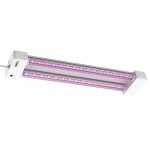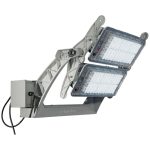Light up your space with a potato: Learn how to make a potatopowered LED light
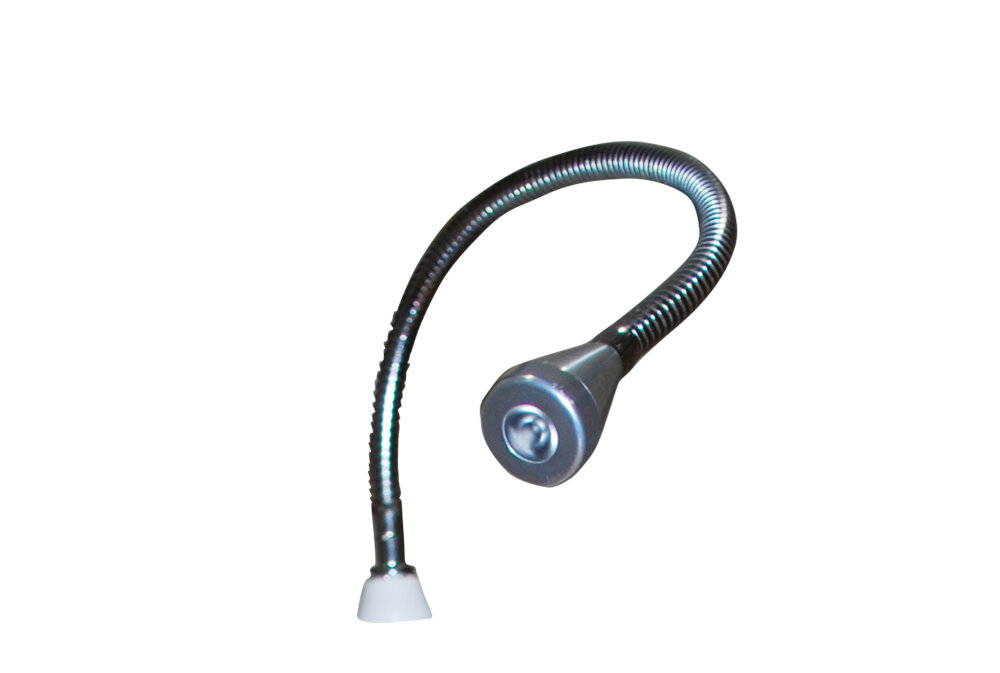
Are you looking for an innovative and eco-friendly way to light up your living space? Look no further than your kitchen! Yes, you read that correctly. With just a potato and a few basic materials, you can create a potato-powered LED light that will not only brighten up your room but also teach you about the fascinating science behind energy conversion. The concept of using fruits and vegetables to generate electricity is not new, but it has gained popularity in recent years as people are becoming more aware of the impact of conventional energy sources on the environment. This DIY project is not only a fun and educational activity but also a step towards a sustainable future. So, let’s dive into the details of how to create your very own potato-powered LED light and bask in the warm glow of your creation.
The concept of using potatoes to power electronics is based on the principle of generating electricity through a chemical reaction known as electrolysis. This process involves the conversion of chemical energy into electrical energy by passing a current through an electrolyte solution, which in this case is the potato. Potatoes contain phosphoric acid, which acts as an electrolyte, and when two different metals, such as copper and zinc, are inserted into the potato, a chemical reaction takes place, generating a small amount of electrical current. By connecting the metals to an LED light, the potato-powered electricity can be used to light up the space, making it a simple and eco-friendly solution for powering small electronic devices.
This article will provide readers with a step-by-step guide on how to create a potato-powered LED light. The instructions are easy to follow, and the materials required are readily available. The article will also explain the scientific principles behind the experiment, such as the chemical reaction that occurs between the potato and the electrodes. By the end of the article, readers will have gained a better understanding of how electricity can be generated from everyday items and how they can apply this knowledge to create functional and environmentally friendly lighting solutions for their homes.
Materials needed
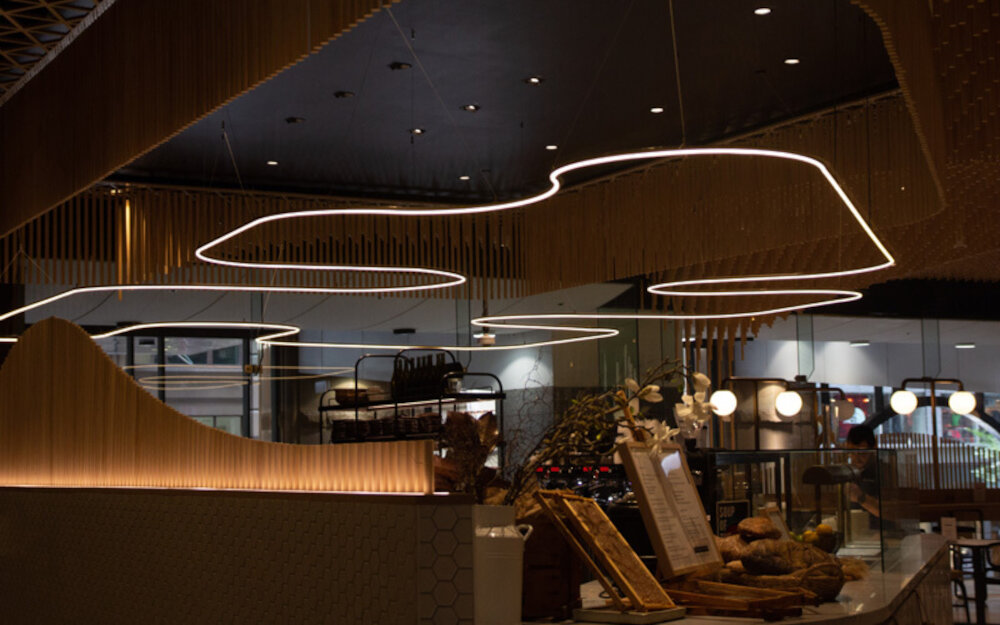
To make a potato-powered LED light, you will need a few basic materials. The first thing you will need is a potato. Any type of potato will work, but it is best to choose a large one so that it can provide enough energy to power the LED light. You will also need a copper wire, a zinc-coated nail, some alligator clips, an LED light bulb, and a small light bulb holder. Additionally, you will need a small knife, pliers, and sandpaper. Once you have gathered all of the materials, you can begin the process of making your potato-powered LED light. Start by using the knife to cut a small slit in the potato. Then, use the pliers to wrap the copper wire around the zinc-coated nail. Insert the nail into the potato through the slit you made earlier. Connect the alligator clips to the copper wire and the nail, and then attach the LED light bulb to the clips. Finally, insert the bulb holder into the potato and secure it in place. With these simple materials, you can create a unique and eco-friendly light source that is sure to impress your friends and family.
To make a potato-powered LED light, you will need a few basic materials. These include a potato, a copper and a zinc nail, two alligator clips, a small LED light, and some wires. You will also need a knife to cut the potato and a multimeter to measure the voltage. Additionally, you may need a small container to hold the potato in place and some tape to secure the wires. Once you have these materials, you can follow the steps to create a simple and eco-friendly light source that runs entirely on the power of a potato.
In order to make a potato-powered LED light, there are a few materials that are needed. Firstly, a potato is required as it will act as the power source. Additionally, two metallic electrodes, such as copper or zinc, are needed to create a chemical reaction with the potato. A wire is also required to connect the electrodes to the LED light. Finally, an LED light is needed to complete the circuit and emit light. Each material serves a specific purpose in the process of creating a potato-powered LED light, and without any one of these materials, the project would not be possible.
Stepbystep instructions
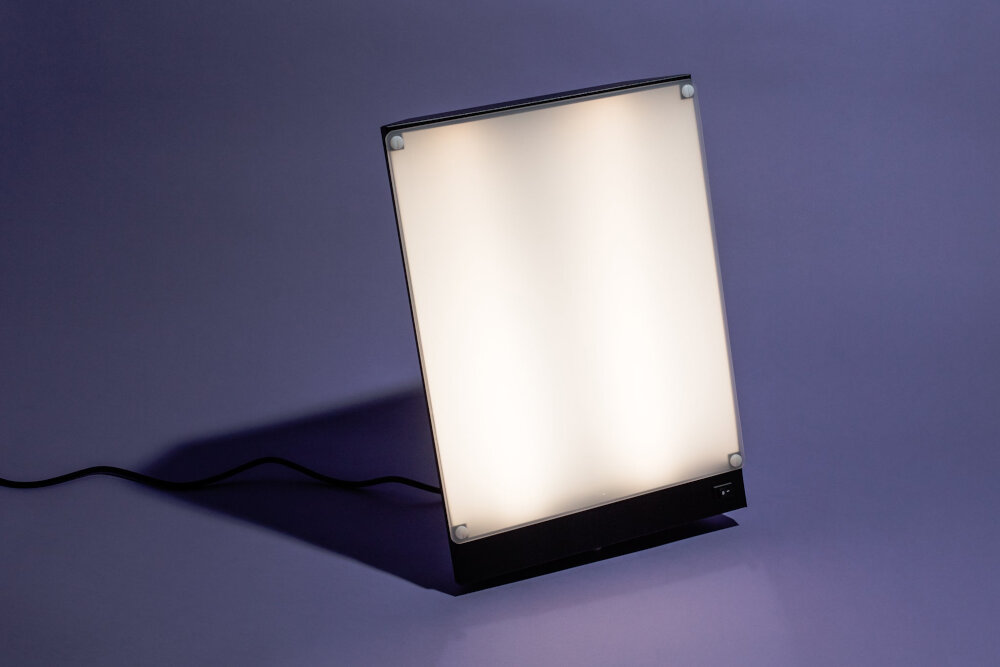
Step-by-step instructions are a crucial aspect of any DIY project, especially when it comes to creating a potato-powered LED light. The instructions should be clear, concise, and easy to follow to ensure that anyone can replicate the project successfully. The first step in making a potato-powered LED light is to gather all the necessary materials. This includes potatoes, copper wires, zinc nails, LED lights, and a voltmeter. Once you have all the materials, carefully follow the instructions, which typically involve connecting the copper wires and zinc nails to the potatoes and using the LED lights to determine the voltage produced. By following these simple steps, you can create a unique and eco-friendly light source for your living space. It’s essential to note that step-by-step instructions are particularly useful for beginners or individuals who are new to a particular project. By breaking down the project into simple and manageable steps, it becomes easier to understand and complete. Additionally, clear instructions can also help prevent accidents or mishaps that can occur when attempting a project without proper guidance. Overall, step-by-step instructions are an essential tool for anyone interested in creating a potato-powered LED light or any other DIY project. With a little patience and attention to detail, you can create a unique and sustainable lighting solution for your home.
To make a potato-powered LED light, you will need a small potato, two galvanized nails, two pieces of copper wire, an LED light bulb, and a small light bulb holder. First, insert one nail and one copper wire into the potato, making sure they do not touch. Then, insert the other nail and copper wire into the potato, again making sure they do not touch. Connect the copper wire from the first nail to the positive end of the LED bulb and the copper wire from the second nail to the negative end of the bulb. Finally, attach the bulb holder to the LED bulb and place it in the potato. The potato will act as a battery, producing enough electricity to light up the LED bulb. This simple and eco-friendly project is a great way to learn about electricity and renewable energy.
Including pictures or diagrams in a tutorial or how-to article can greatly enhance readers’ understanding of the process. Visual aids can provide a clearer explanation of the steps involved and help to illustrate any complex concepts or techniques. In the case of the potato-powered LED light project, including diagrams showing the wiring of the circuit and the placement of components can make it easier for readers to follow along and replicate the experiment. Additionally, pictures of the finished product can provide inspiration and motivation for readers to try the project themselves. Overall, incorporating visual aids in instructional content can make it more engaging and accessible for readers of all levels.
Testing the light

Testing the light is a crucial step in making a potato-powered LED light. After assembling the circuit, the next step is to connect the LED light to the circuit and test it. Before testing, make sure you have inserted the LED light correctly; the longer lead of the LED should be connected to the positive side of the circuit, and the shorter lead should be connected to the negative side. Once you have done this, it’s time to test the light. To test the light, hold the two copper wires that are protruding from the potato; one should be connected to the positive side of the circuit, and the other should be connected to the negative side. If the circuit is working correctly, the LED light should light up, indicating that it is powered by the potato. If the light doesn’t turn on, check the connections and make sure they are correctly connected. If you still can’t get the light to turn on, you may need to replace the LED or check the battery’s voltage. Once you have tested the light and it’s working correctly, you can use it to light up your space. In conclusion, testing the light is a vital step in making a potato-powered LED light. If you skip this step, you may end up with a light that doesn’t work. By following the steps outlined above, you can ensure that your light is working correctly and is powered by the potato. Once you have tested the light, you can use it to light up your space and show off your potato-powered creation to friends and family. So, go ahead and give it a try, and see how you can light up your space with a potato!
Testing the light is crucial to ensure it functions correctly. To do so, insert the LED light into the potato and connect the wires to the battery. If the light does not turn on, check the connection and make sure the wires are properly connected. If the wires are correctly connected, check the battery and make sure it has enough power. If the battery has enough power and the connections are correct, the LED may be faulty and require replacement. Testing the light is an essential step to ensure the success of the potato-powered LED light project.
If the light isn’t working on your potato-powered LED light, there are a few things you can troubleshoot to get it up and running again. First, make sure the potato is fresh and not too old or dry. If the potato isn’t conducting enough electricity, the light won’t turn on. You should also check that the metal electrodes are securely attached to the potato and the wires are properly connected to the LED light. If everything seems to be in place, try swapping out the LED light for a new one to see if that fixes the issue. If none of these steps work, you may need to try a different potato or consider using a different power source altogether.
Potatoes have proven to be a reliable and eco-friendly power source for electronics. By creating a simple potato battery, you can light up an LED bulb with ease. Potatoes contain phosphoric acid, which makes them a great source of energy for generating an electric current. The process involves inserting copper and zinc electrodes into the potato, which then produces a chemical reaction that generates electricity. The benefits of using potatoes to power electronics are numerous, including their availability and affordability, making them a sustainable option for powering small devices. Additionally, using potatoes as a power source reduces the amount of waste produced by disposable batteries, making it a more environmentally friendly choice.
Don’t let the idea of making a potato-powered LED light intimidate you – this project is easier than you might think! Not only is it a fun activity to do at home, but it’s also a great way to learn about the science behind electricity and alternative energy sources. Plus, imagine the satisfaction you’ll feel when you flip the switch and your own creation lights up your space! So, roll up your sleeves, grab a potato, and get ready to impress your friends and family with your innovation and creativity.
In conclusion, the importance of alternative energy sources cannot be overstated as the world continues to face the challenges of climate change and the depletion of traditional energy sources. The use of renewable and sustainable energy sources such as potato batteries, solar power, and wind energy can significantly reduce carbon emissions and promote environmental sustainability. By embracing alternative energy sources, we not only help to protect the environment but also create new economic opportunities and reduce our dependence on finite resources. It is, therefore, crucial that we continue to explore and invest in alternative energy sources to ensure a sustainable future for generations to come.
Conclusion
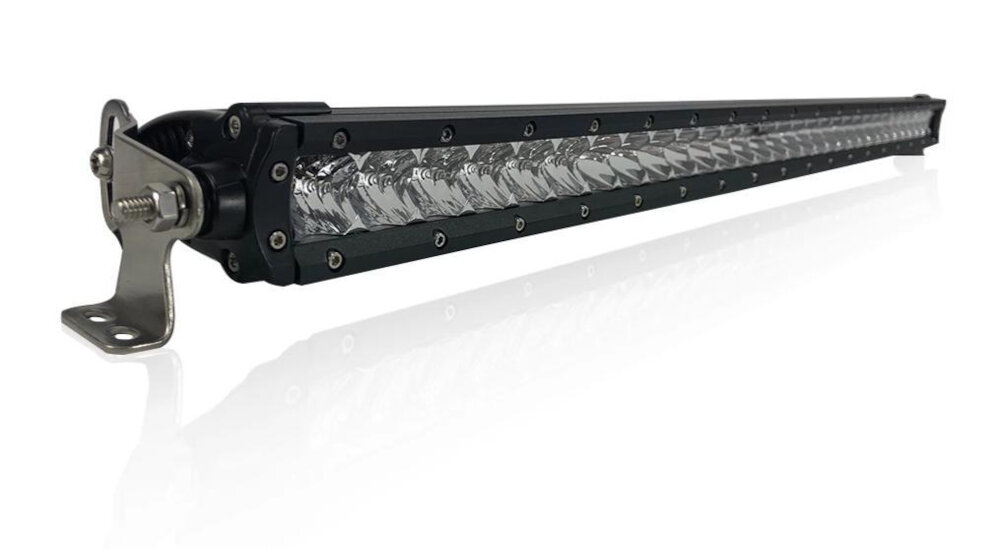
In conclusion, the humble potato has proven to be a versatile and valuable resource, not just as a source of nutrition, but also as a means of lighting up our lives. With a few simple steps, anyone can learn how to make a potato-powered LED light and experience the wonder of harnessing energy from a common vegetable. This DIY project is not only a fun and educational activity, but it also promotes sustainability and self-reliance. So, next time you’re in need of a light source, don’t underestimate the power of the potato!



